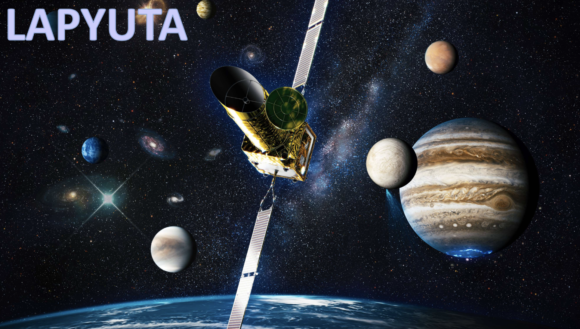The Significance of Ultraviolet Observations in Planetary Exploration and Past Challenges
In planetary exploration, one of the most fundamental questions is: “Does life exist elsewhere in the universe besides Earth?” To approach this question, it is essential to investigate the conditions required for an environment to support life. For example, water is indispensable for life, but maintaining a warm environment in which water can exist stably on a planet’s surface requires greenhouse gases such as carbon dioxide. It is believed that Mars and Venus once had abundant water, but due to the escape of greenhouse gases into space, they have transformed into planets that currently possess little or no water. By observing these planets and elucidating the processes through which their atmospheres have escaped, we can better understand the constraints for habitability.
Water vapor and greenhouse gases in planetary atmospheres are ionized by solar ultraviolet radiation, and many of their emission and absorption lines lie in the ultraviolet (UV) wavelength range. Therefore, UV observations are crucial for investigating the physical processes in the upper atmospheres of planets. However, especially for wavelengths below 200 nm, Earth’s atmosphere is opaque, making space-based telescopes essential. The “Hisaki” (SPRINT-A) satellite, developed under the leadership of the Yoshikawa–Yoshioka Laboratory, has achieved numerous results as the world’s first UV space telescope dedicated to planetary observations. Nevertheless, due to limitations in sensitivity and spatial resolution, it has been difficult to investigate detailed spatial structures within planetary atmospheres.
The Goals of the Next-Generation Ultraviolet Space Telescope “LAPYUTA”
The LAPYUTA project (Life-environmentology, Astronomy, and PlanetarY Ultraviolet Telescope Assembly) is a next-generation ultraviolet space telescope designed to address the challenges left by the Hisaki satellite. The primary mirror of LAPYUTA will be 60 cm in diameter—three times larger than that of Hisaki—and will incorporate new technologies in its detectors and optics to achieve higher sensitivity and spatial resolution.
The Yoshikawa–Yoshioka Laboratory plays a key role in designing the optical instruments for LAPYUTA. To avoid contamination from Earth’s airglow, which has posed a problem for telescopes such as the Hubble Space Telescope, LAPYUTA is planned to pass through a high-radiation environment at an apogee altitude of 2000 km. The laboratory also leads studies on modeling the radiation environment LAPYUTA will be exposed to, as well as calculating the required shielding thickness to protect the instruments from space radiation.

